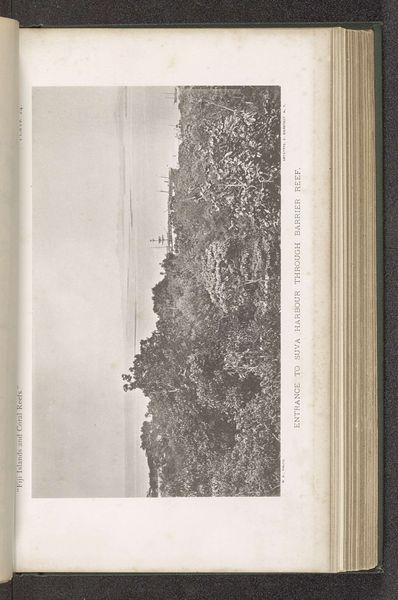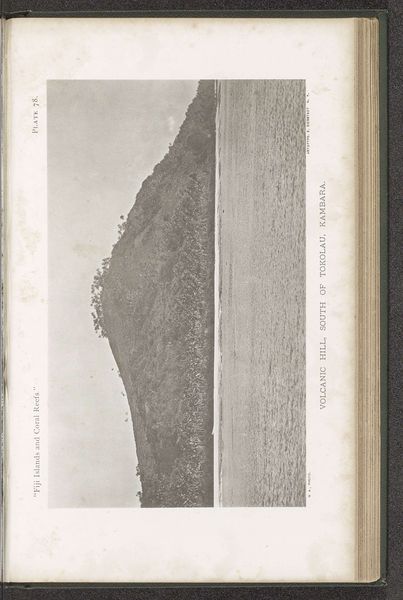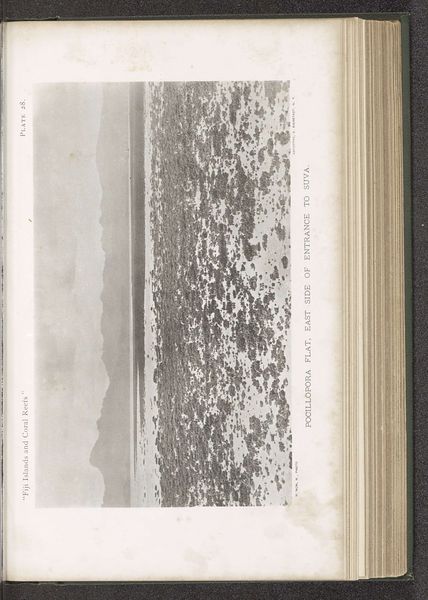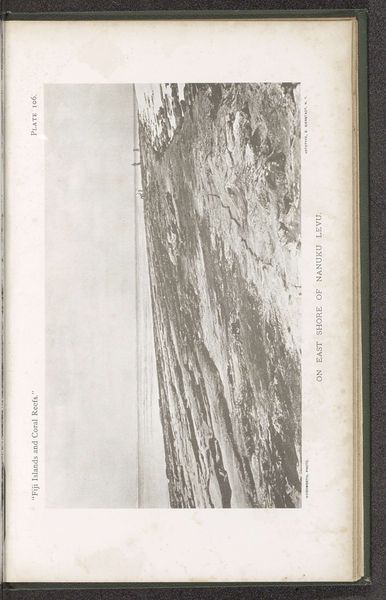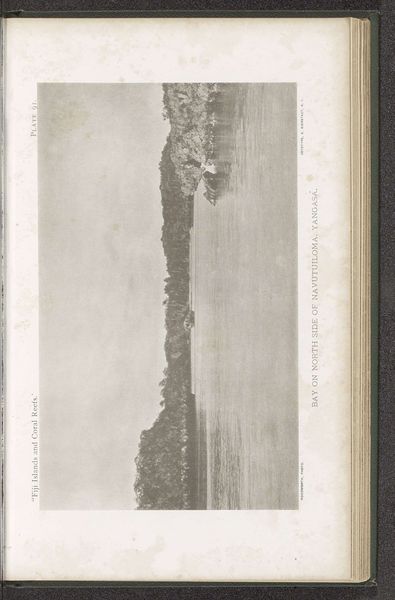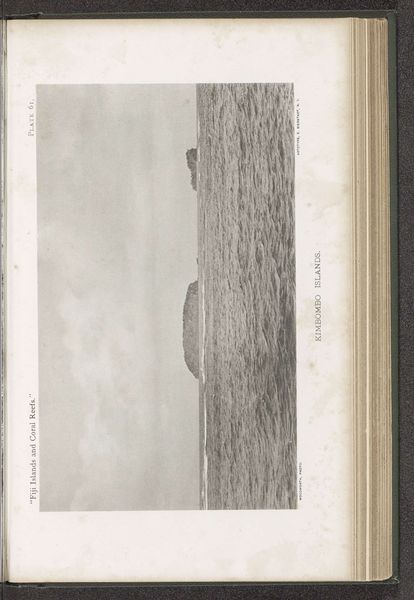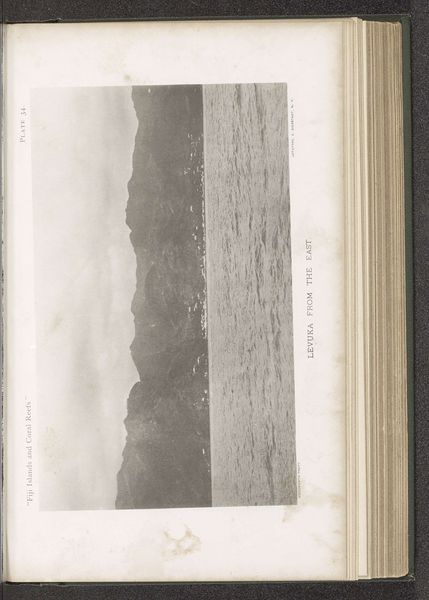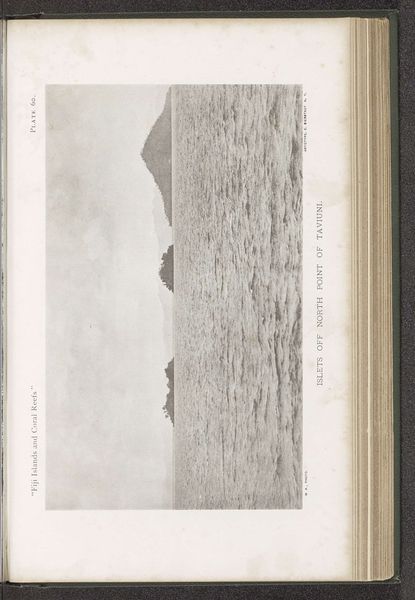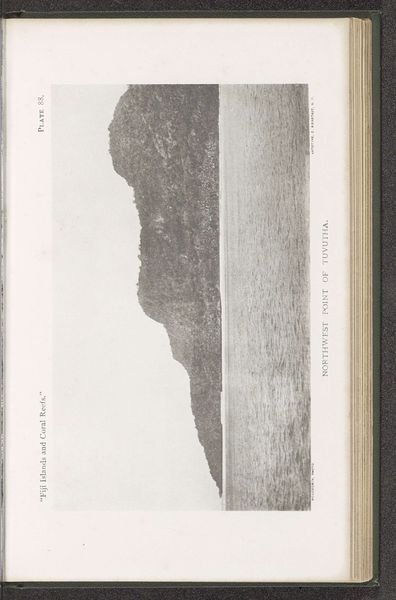
print, photography, albumen-print
# print
#
landscape
#
photography
#
orientalism
#
albumen-print
Dimensions: height 108 mm, width 179 mm
Copyright: Rijks Museum: Open Domain
Editor: So, here we have Maximilian Agassiz's "Gezicht op een barrièrerif achter een baai van Laucala," which translates to "View of a barrier reef behind a bay of Laucala," created before 1899. It's an albumen print, giving it that lovely sepia tone. It feels quite distant, like looking at a world both inviting and inaccessible. What do you see in this piece, in terms of its cultural implications? Curator: This image, part of a larger work documenting Fijian reefs, cannot be divorced from its colonial context. Photography at this time was often deployed as a tool of scientific exploration and, problematically, to categorize and ultimately control colonized lands and people. The seemingly objective gaze of the camera, in fact, obscures power dynamics. Editor: That’s a really interesting point. I was focused on the landscape itself, but thinking about who took the picture and why, really shifts my perspective. How does this inform our understanding? Curator: Consider the genre of "Orientalism" and its visual strategies of exoticizing the ‘other’. What narratives might this image inadvertently perpetuate, or perhaps intentionally construct? What is included? What is omitted? For instance, where are the Indigenous Fijians in this landscape? Editor: I hadn't considered the absence of the local population. It does make it seem as if this land is just... empty and waiting to be claimed, even though people obviously lived there. It frames it for a Western audience, right? Curator: Exactly. Think about the historical power imbalances implicit in the act of observing and documenting a place like Laucala Bay. How does the photographer's presumed authority shape our understanding and contribute to broader narratives of colonialism and environmental exploitation? Editor: Wow, that gives me a lot to think about. It’s not just a pretty picture, is it? It is about colonial legacies. I see that. Curator: Precisely! By deconstructing seemingly straightforward images like this, we can better understand the complex relationships between art, power, and historical injustice. Editor: I definitely learned a lot. Now, I will keep in mind that every picture tells a story, and we should consider a complex range of viewpoints, including those of the people affected, when trying to read its cultural, historical, and social meaning.
Comments
No comments
Be the first to comment and join the conversation on the ultimate creative platform.



